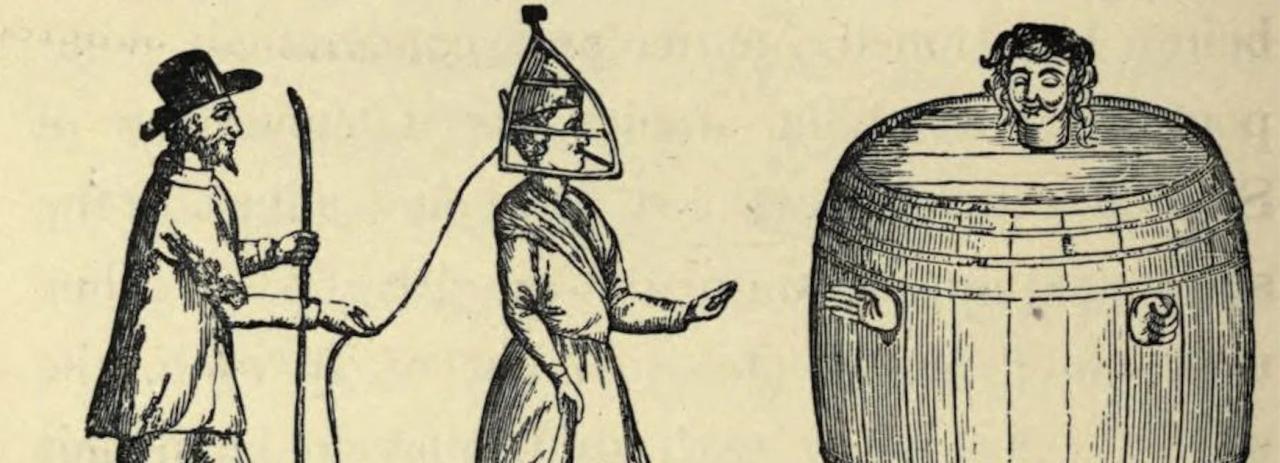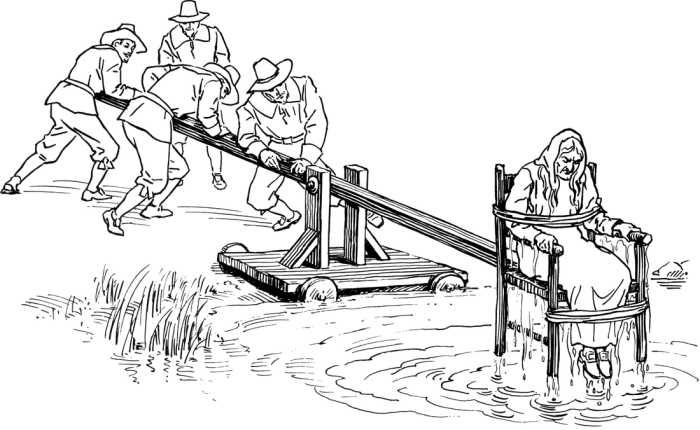Crime and punishment in the Elizabethan era unveils a captivating chapter in English history, where societal norms, religious beliefs, and economic disparities intertwined to shape the nature of crime and its consequences.
This era, marked by Queen Elizabeth I’s reign, witnessed a complex interplay of factors that influenced the prevalence, severity, and treatment of crime.
Elizabethan Era: A Historical Overview

The Elizabethan era, spanning from 1558 to 1603, was a period of significant social, political, and economic transformation in England. Queen Elizabeth I’s reign marked a golden age of English history, characterized by cultural achievements, exploration, and religious turmoil.
Queen Elizabeth I’s reign witnessed the expansion of English power and influence. Her defeat of the Spanish Armada in 1588 cemented England’s status as a major European power. The Elizabethan era also saw the rise of English literature, with renowned playwrights such as William Shakespeare and Christopher Marlowe flourishing during this time.
Crime in the Elizabethan Era: Crime And Punishment In The Elizabethan Era

Crime was prevalent in the Elizabethan era, with various factors contributing to its rise. Poverty, social inequality, and religious tensions were among the primary causes of crime. The most common crimes included theft, robbery, and assault.
London, being the largest city in England, was a hub for criminal activity. The city’s crowded streets and poor living conditions provided ample opportunities for thieves and robbers. The presence of a large underclass and the lack of effective policing further exacerbated the crime problem.
Punishment in the Elizabethan Era
The Elizabethan era was known for its harsh punishments, reflecting the severity of crime and the desire to deter further offenses. Capital punishment was frequently used for serious crimes such as murder, treason, and piracy.
Other punishments included corporal punishment, such as whipping, branding, and mutilation. Imprisonment was also used, but it was often seen as a temporary measure before more severe punishments were imposed.
The Influence of Religion on Crime and Punishment
Religion played a significant role in shaping attitudes towards crime and punishment in the Elizabethan era. The Protestant Reformation had led to a decline in the influence of the Catholic Church, and the rise of Puritanism emphasized the importance of individual morality and the need for strict punishments for sin.
Religious beliefs influenced the severity of punishments, with crimes against the church or blasphemy being treated particularly harshly. The Elizabethan government used religion as a tool to control and maintain social order.
Social and Economic Factors Influencing Crime and Punishment, Crime and punishment in the elizabethan era
Social and economic factors played a significant role in contributing to crime in the Elizabethan era. Poverty and unemployment were widespread, particularly in urban areas. Social inequality and the lack of opportunities for the poor created conditions conducive to crime.
The Elizabethan government implemented various measures to address these social and economic problems, such as the Poor Laws and the establishment of workhouses. However, these measures were often inadequate and failed to fully address the underlying causes of crime.
Quick FAQs
What were the most common crimes committed during the Elizabethan era?
Theft, assault, and murder were prevalent offenses, driven by factors such as poverty, social inequality, and religious tensions.
How severe were the punishments for crimes in the Elizabethan era?
Punishments ranged from capital punishment for serious offenses to corporal punishment and imprisonment. The severity of punishments aimed to deter crime and maintain social order.
Did religion play a role in shaping attitudes towards crime and punishment?
Yes, religious beliefs influenced the perception of crimes, the severity of punishments, and the treatment of criminals, with religious offenses often carrying harsh consequences.


